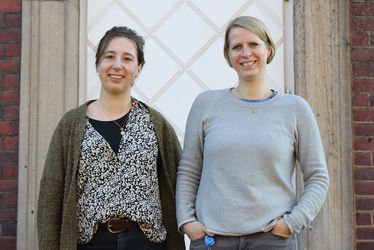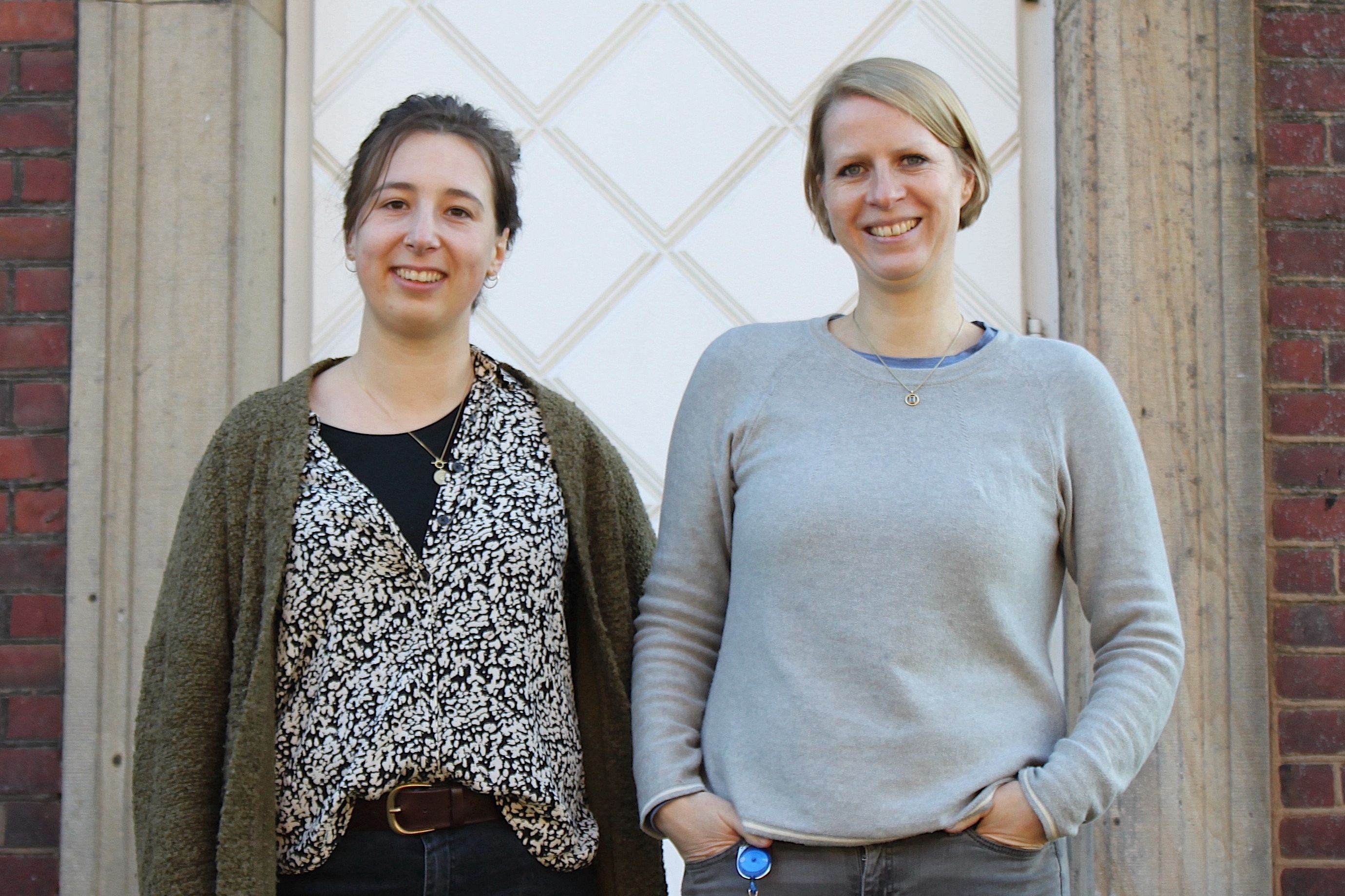News
Das "Paper of the Month" 02/2023 geht an: Franziska Günl und Linda Brunotte aus dem Institut für Virologie
Für den Monat Februar 2023 geht das „Paper of the Month“ der Medizinischen Fakultät der WWU Münster an:
Dr. Franziska Günl und Dr. Linda Brunotte aus dem Institut für Virologie für die Publikation:
The Ubiquitination Landscape of the Influenza A Virus Polymerase
Günl, Franziska; Krischuns, Tim; (…); Brunotte, Linda.
FEB 2023 | NATURE COMMUNICATIONS
Begründung der Auswahl:
Die vom Dekanat als „Paper of the Month“ ausgewählte Publikation erfüllt alle für diese Auszeichnung gültigen Kriterien. Die Erst- und auch die Letztautorenschaft liegen an der Universität Münster, das Thema ist von hoher Relevanz, wurde hochrangig publiziert und vor allem: Das Paper ist im positivem Sinne methodisch sehr breit aufgestellt, es werden unter anderem Massenspektrometrie, RNAseq und Molekulardynamik-Struktur-Simulationen angewendet. Für die Nachwuchsgruppenleiterin Dr. Linda Brunotte stellt die Publikation zudem die erste hochrangige Letztautorschaft dar, welche den von ihr eingeschlagenen wissenschaftlichen Weg bestätigt.
Zu Hintergrund, Fragestellung und Bedeutung der Publikation:
Bekannt als Grippe-Viren, lösen Influenza-A-Viren schwere Atemwegsinfektionen aus. Die virale Polymerase spielt dabei eine Schlüsselrolle und ist für die Vervielfältigung des Virusgenoms verantwortlich. Für die Koordination ihrer Aufgaben ist die Polymerase auf Ressourcen der Zelle angewiesen, wobei vermutet wird, dass post-translationale Modifikationen (PTMs), wie Ubiquitine, vermittelt durch Wirtszellenzyme, eine entscheidende Rolle spielen.
Günl et al. beschreiben zum ersten Mal das vollständige Ubiquitin-Muster der Influenza-A-Virus-Polymerase während der Infektion. Funktionelle Untersuchungen zeigen, dass 17 von insgesamt 59 Ubiquitinylierungen einen direkten Einfluss auf die RNA-Synthese-Funktion der viralen Polymerase haben. Speziell die Ubiquitinylierung an Position K578 in der PB1-Untereinheit kontrolliert dabei strukturelle Veränderungen, die für die räumlich-zeitliche Ausbildung von Polymerase-Dimeren und Nukleoprotein-Bindung notwendig sind und somit die unterschiedlichen Schritte der viralen Genomreplikation koordiniert.
Diese Studie deckt einen neuen Mechanismus auf, wie Influenza Viren Wirtszellen ausnutzen. Gleichzeitig zeigen die Ergebnisse auch, dass die Notwendigkeit für Ubiquitin-Modifikationen durch E3-Ubiquitin-Ligasen der Wirtszelle eine neue Achillesferse des Virus darstellt, die zur Entwicklung neuer antiviraler Medikamente ausgenutzt werden kann.
Background and fundamental question of the publication:
Influenza A viruses (IAV) cause severe infections of the respiratory tract. The viral polymerase plays a key role in this process as it is responsible for the amplification of the viral genome. For the coordination of its functions, it was hypothesized that host cell derived post translational modifications (PTMs), like ubiquitins, on the viral polymerase proteins play an important role.
Günl et al. describe and functionally explore for the first time the landscape of host cell derived ubiquitin modifications which the influenza A viruses (IAV) polymerase acquires during infection of human lung epithelial cells. Their results reveal that 17 out of 59 ubiquitin sites, distributed across the viral polymerase subunits, are directly involved in the processes of viral RNA replication. Specifically, ubiquitination at position K578 in the PB1 subunit controls structural rearrangements that are required for the spatio-temporal coordination of polymerase dimerization and nucleoprotein binding, which are a prerequisite for distinct steps of genome replication.
These results provide a new perspective on how IAV exploit the host cell to promote the replication of their own genome. Most important, this study reveals a new “achilles heel” of the virus and that puts host cell E3 ubiquitin ligases as promising drug targets into the focus of future antiviral research.
Die bisherigen ausgezeichneten „Papers of the Month“ finden Sie HIER.






